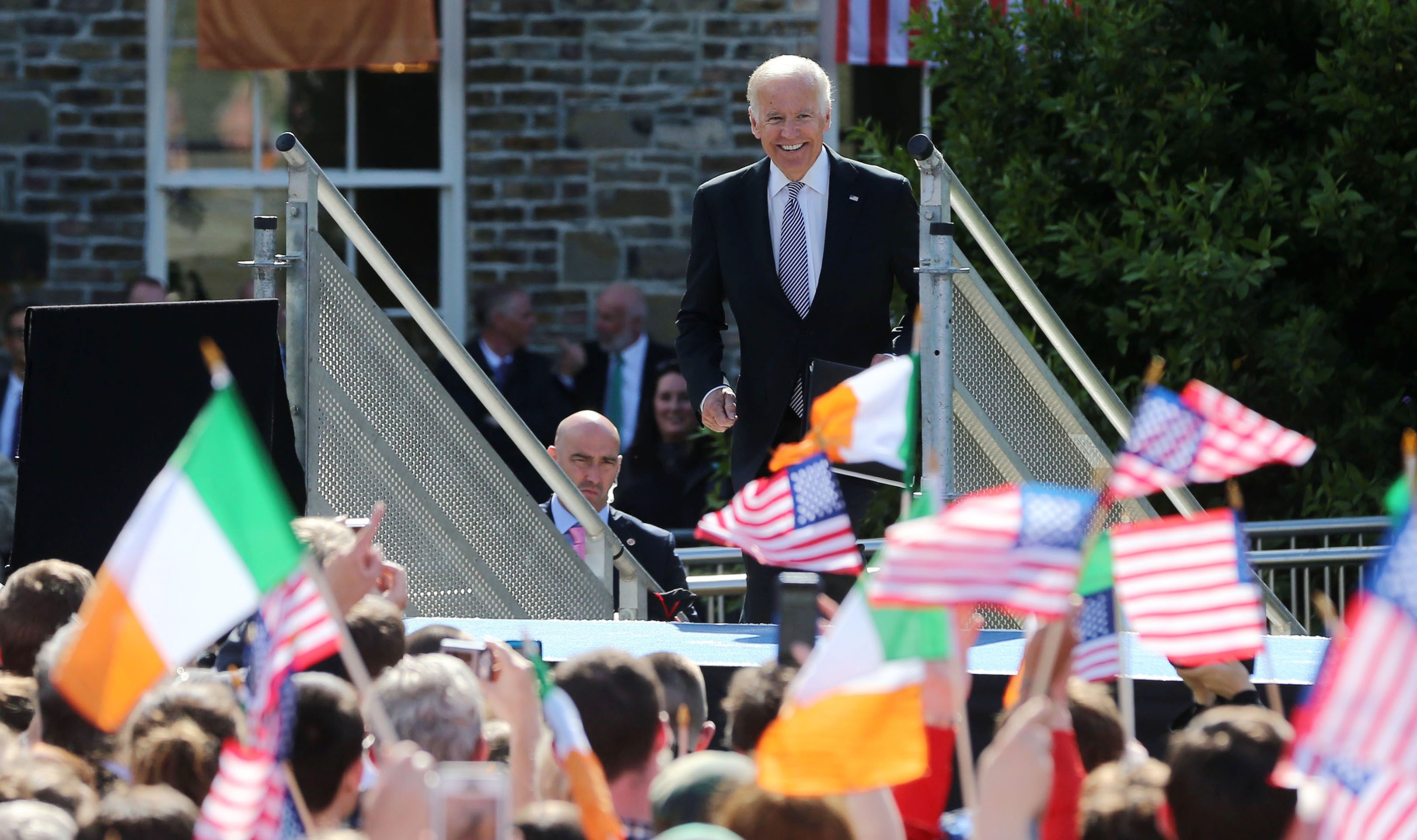
PFOS Contaminated Water Leak: Unforgivable Carelessness
As many as 2,400 liters may have leaked.
According to the U.S. military, the seal around the cover of a water tank had deteriorated. This allowed rain water to leak in, causing the contaminated water to overflow. The tank was used to store water mixed with firefighting agents such as PFOS, and its contents were not in current use. It appears that the leaked water flowed out of the base via the nearby drainage channel.
I’m dumbfounded by such carelessness.
Not 10 days have passed since a U.S. helicopter made an emergency landing in a field on Tsukenjima Island, which is also part of Uruma City, and now there’s been a leak of contaminated water. These incidents brought about by the military bases have the local residents feeling on edge.
Furthermore, too much time passed before the Americans reported the incident to Okinawa Prefecture and Uruma City authorities. The leak was discovered around 4:46 pm on June 10, but Japanese officials were not contacted until the following evening.
As a result, it wasn’t until two days after the incident that Japanese officials gained access to the base for an investigation, which they are entitled to by an environmental agreement. The national, prefectural and city representatives responsible for the investigation were also limited to confirming the scene of the leak and hearing an explanation from the U.S. military.
Beginning the night of June 11 and continuing into June 12, prefectural and city officials took samples from the nearby waterways for examination, but by that time, more than a full day had passed since the incident occurred. This makes it extremely difficult to conduct an accurate investigation.
Late reports from the U.S. military have been a problem time and time again. The Japanese government should strongly protest and propose reforms to the U.S. military.
***
This is also not the first time that leaks of contaminants like PFOS have been confirmed at U.S. bases in Okinawa.
Last year in April, a large quantity of firefighting foam containing PFOS leaked from storage at the Futenma air base. The white foam was scattered into residential areas and was also found stuck to the windows and playground equipment of a kindergarten.
Okinawan residents don’t know which bases contain hazardous materials or how much is being stored. There have even been instances when pollution occurs around a base and the U.S. military won’t acknowledge that the base was the source of the pollution. However, last September, the prefecture conducted a study of the water quality in 54 sites around U.S. military bases, and 36 exceeded the provisional guidelines for contaminants like PFOS and PFOA set by the Ministry of the Environment.
In this most recent incident, the container that leaked was next to the fence, and people live in the area just across the road. The drainage from the tank merges with community waterways, which then connect with the Tengan River. The unease of the local residents will only continue to increase.
Although some time has passed, Japanese officials should still take samples from the facility and conduct an objective investigation.
***
In a 2016 U.S. military internal email obtained by the Okinawa Times using the U.S. Freedom of Information Act, an Air Force environmental engineer even referred to the pollution issue as “that PFOS nonsense.”*
If this attitude of taking environmental pollution so lightly is prevalent throughout the U.S. military, similar incidents could happen again.
There are no fences in environmental issues. If an accident occurs at a base, its effects will extend to nearby residents. The government should require the U.S. military to comply with domestic laws regarding the management of firefighting agents and leak prevention.
*Editor's Note: This quotation, accurately translated, could not be verified.


